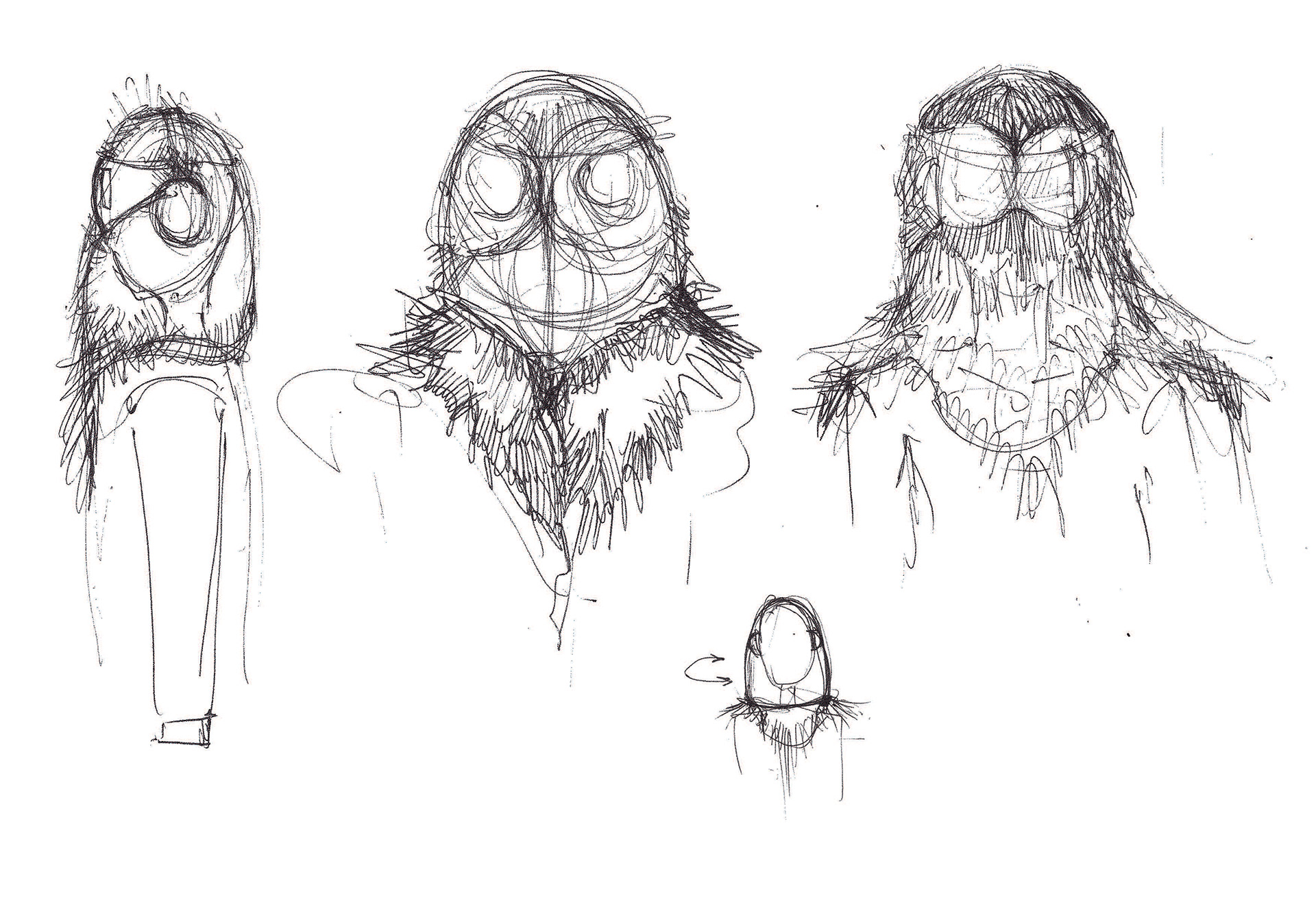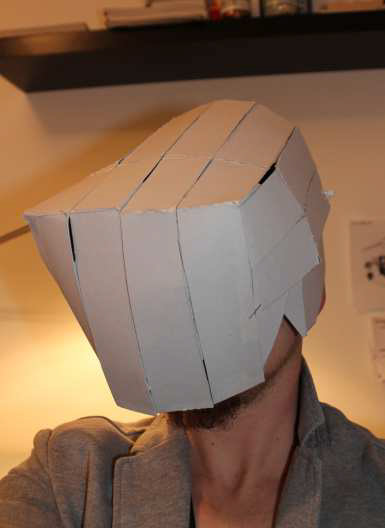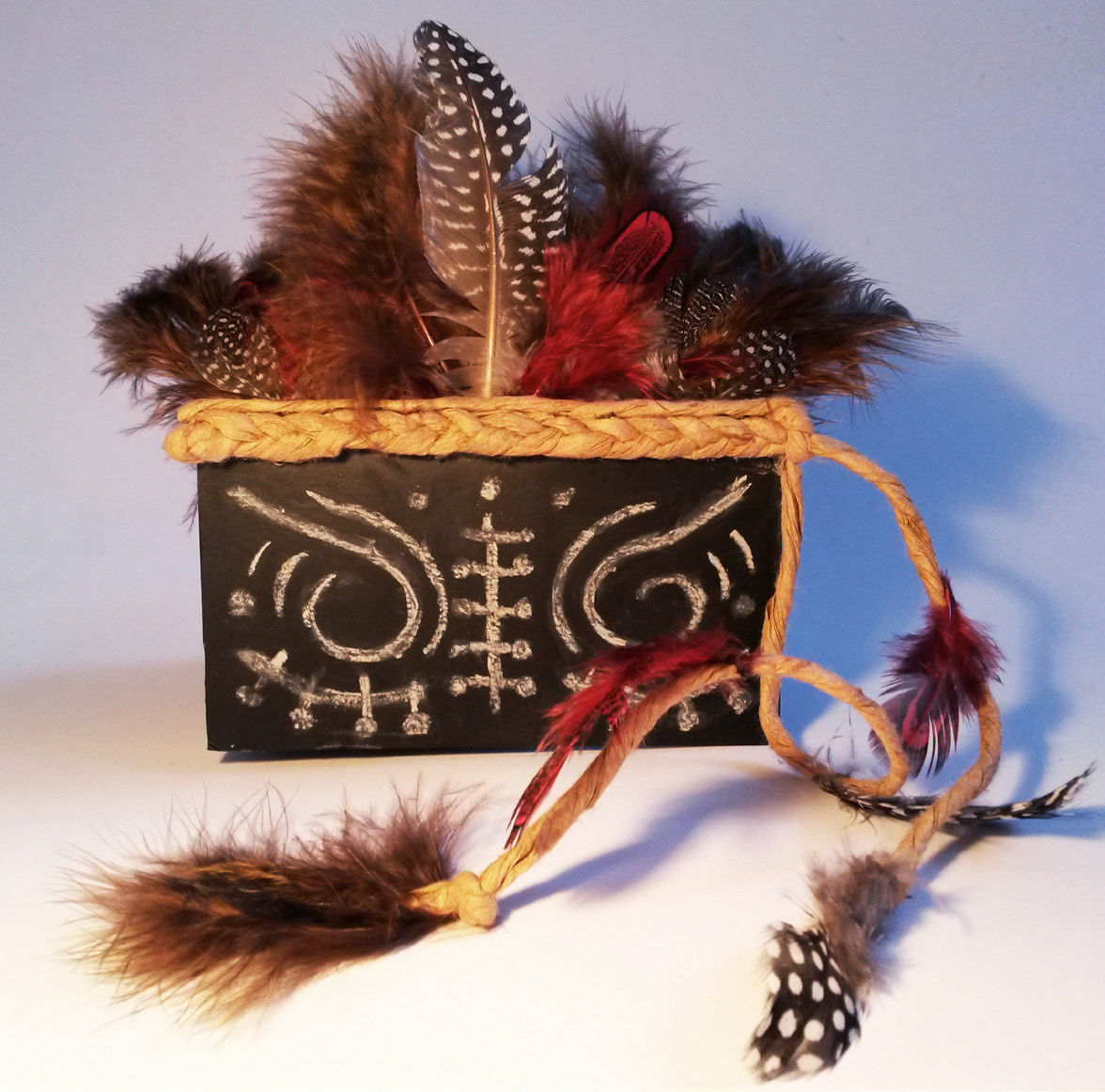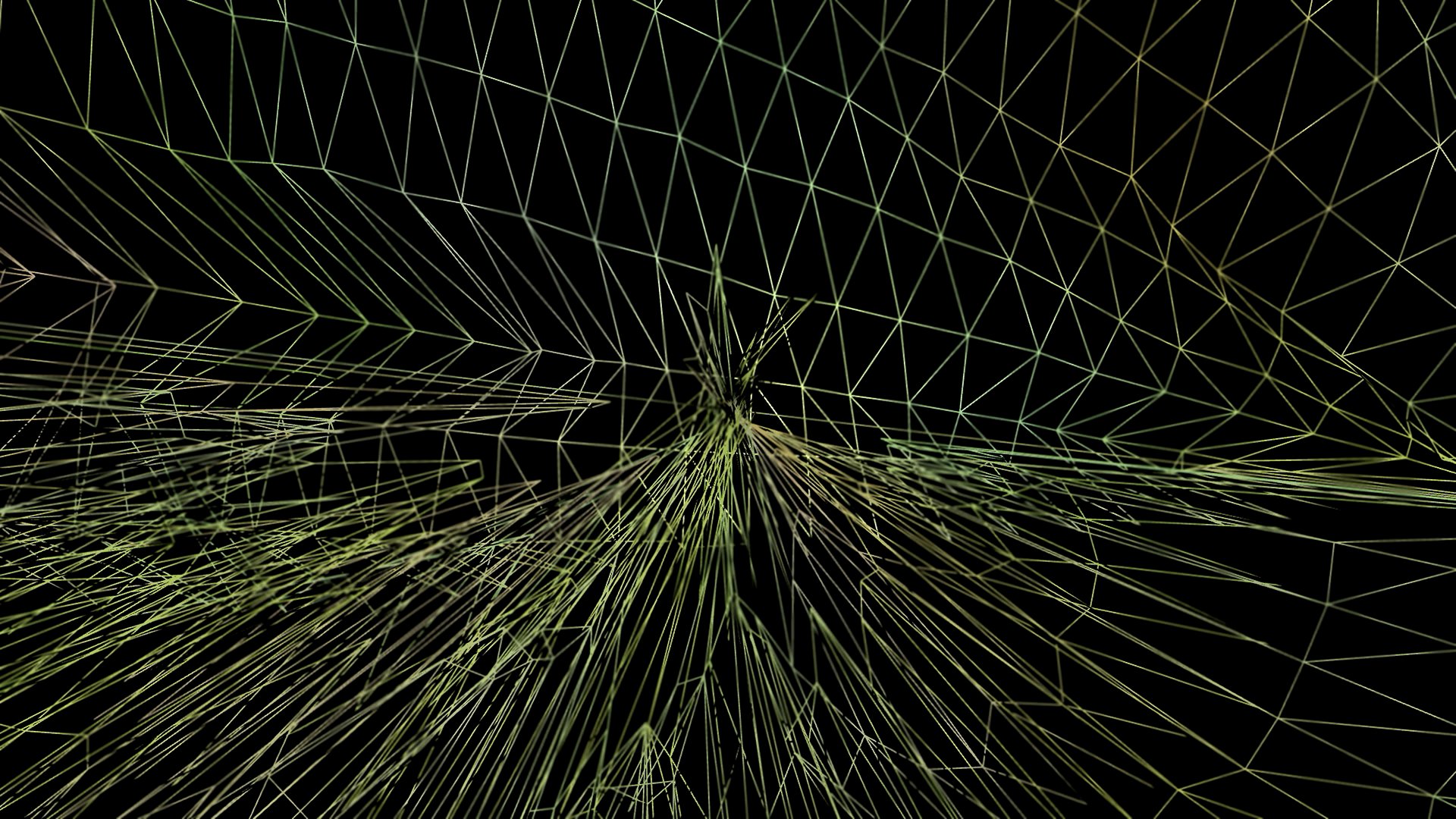


























Virtual Reality wird – oder wird nicht – im nächsten Jahr den Durchbruch erleben. Verschwinden wird die Technik zur Simulation ganzer Welten aber ganz sicher nicht mehr. Der Zugang zum Holodeck wird über Head Mounted Displays realisiert, sie umgeben den Nutzer mit einer 360° Sicht auf eine künstliche oder aufgezeichnete Welt – und die wird anders als gestern, morgen äußerst realistisch aussehen. Die HMDs selbst sehen allerdings ziemlich langweilig aus und wenn es sich um AR Brillen wie Google Glass handelt sind es eher „modische“ Kassenmodelle. Cosplayer spielen virtuelle Charaktere im realen Raum und scheuen nicht davor zurück, sich in teuren und schweren Kostümen, als Star Wars Stormtrooper oder „Furries“ in voller Kunstpelzmontur unter der Sonne Kaliforniens zu vergnügen – kurz, diese Zielgruppen haben ganz andere Prioritäten, als die beiläufigen Medienkonsumenten und sportlichen Gamer auf die das Marketing von VR sich zuerst stürzen wird. Im Mittelpunkt steht die kritische und experimentelle Auseinandersetzung mit Virtualität und Narration im Kontext von Design und Architektur. Ergänzend zum Projekt bietet der Fachkurs Behind the Mask – 360° eine Einführung in die Gestaltung virtueller Realitäten mit TouchDesigner und der Unreal Engine. Betreuer: Dipl.-Ing. Stefan Kraus (Gastwissenschaftler) _______ Virtual Reality will - or will not - see its breakthrough next year. The technology for simulating entire worlds will certainly not disappear. Access to the holodeck is realized via head-mounted displays, surrounding the user with a 360 ° view of an artificial or recorded world - and unlike yesterday, tomorrow will look extremely realistic. The HMDs themselves, however, look pretty boring and when it comes to AR glasses like Google Glass – nobody would wear them for fashion reasons. Cosplayers on the other hand play virtual characters in real space and are not shy about having fun in expensive and heavy costumes: Star Wars Storm trooper, or Furries in full faux fur under the California sun - in short, these audiences have very different priorities from the casual media consumers and gamers on whom VR's marketing will first plunge. The focus is on the critical and experimental exploration of virtuality and narration in the context of design and architecture. In addition to the project, the Behind the Mask - 360 ° Fachmodul offers an introduction to virtual reality design with TouchDesigner and the Unreal Engine. Supervisor: Dipl.-Ing. Stefan Kraus (visiting scientist)




































